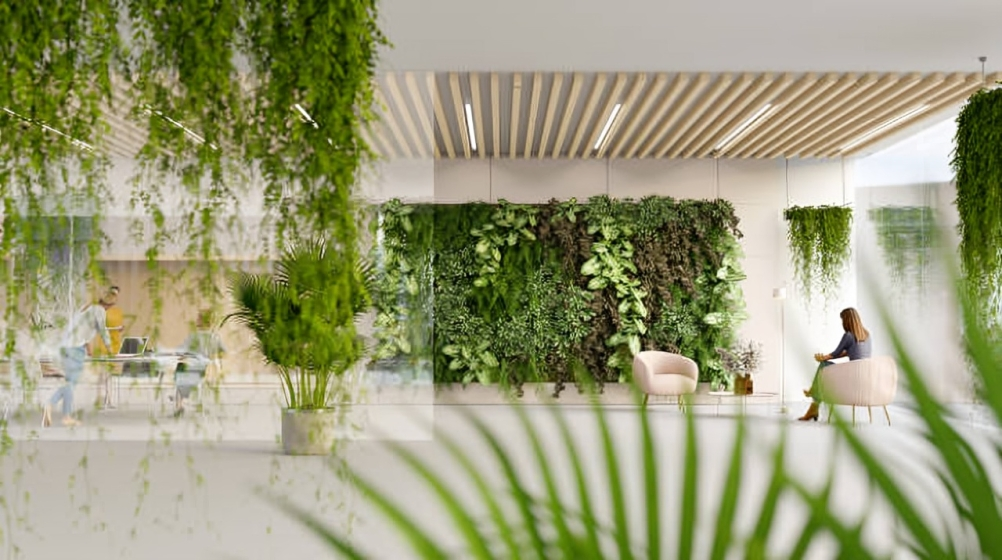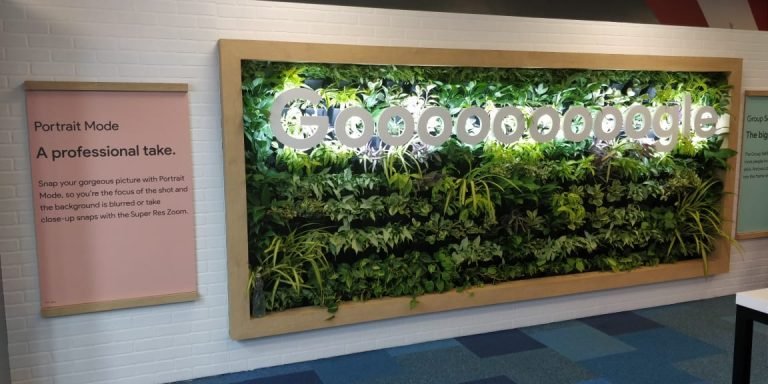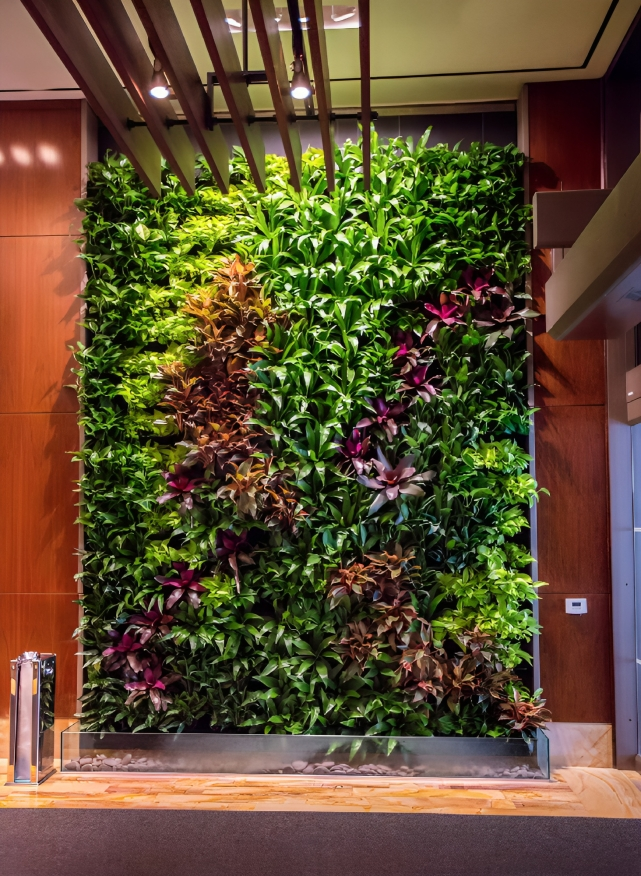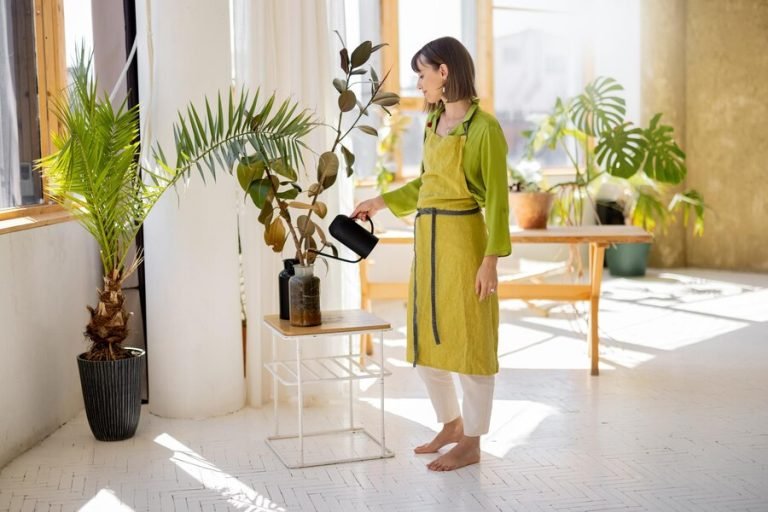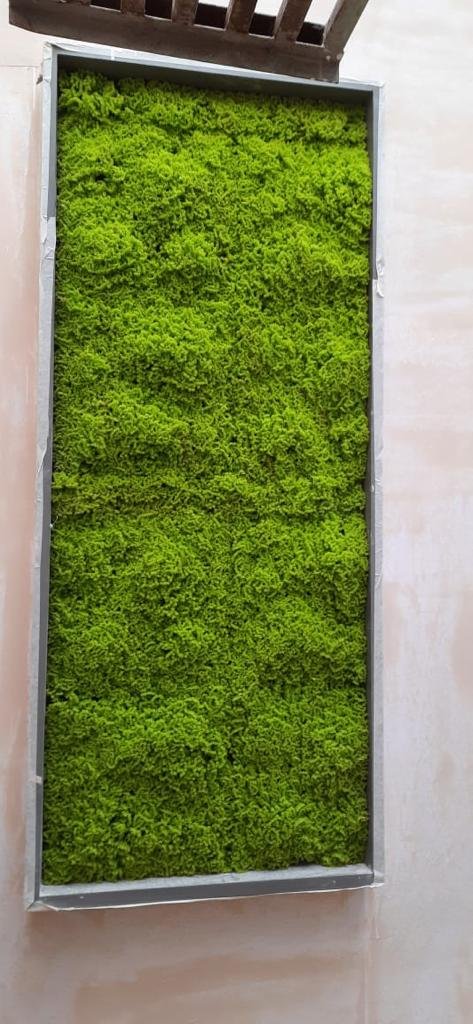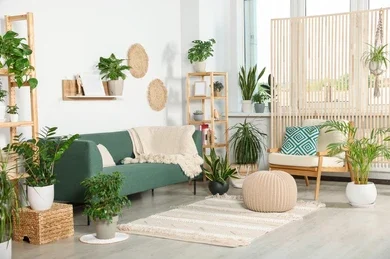Bringing Nature Indoors: The Art and Benefits of Interior Landscaping.
In today’s fast-paced and urbanized world, the need for creating harmonious and aesthetically pleasing indoor spaces has led to a growing interest in interior landscaping. Interior landscaping goes beyond mere decoration; it involves the strategic incorporation of plants, greenery, and natural elements to enhance the overall ambiance of a space. This practice not only adds visual appeal but also contributes to improved well-being, productivity, and environmental sustainability.
To Know More About It Please Click Here
The Green Oasis
Interior landscaping is more than just placing a few potted plants in a room; it is about creating a green oasis within indoor spaces. The selection and placement of plants play a crucial role in transforming an ordinary room into a vibrant and rejuvenating environment. From small succulents on office desks to large tropical plants in hotel lobbies, interior landscaping has the power to redefine the atmosphere.
Benefits of Interior Landscaping
- Enhanced Air Quality: Indoor plants act as natural air purifiers by absorbing pollutants and releasing oxygen. This not only leads to improved air quality but also creates a healthier and more comfortable living or working environment.
- Stress Reduction: The presence of greenery has been linked to reduced stress levels and increased feelings of calmness. Interior landscaping provides a connection to nature, offering a retreat from the hustle and bustle of urban life.
- Increased Productivity: Studies have shown that incorporating plants into office spaces can enhance employee productivity and creativity. The visual appeal of greenery and the positive impact on mental well-being contributes to a more conducive work environment.
- Aesthetic Appeal: Interior landscaping adds a touch of nature’s beauty to any space, elevating its visual appeal. From modern and minimalist arrangements to lush and tropical settings, the possibilities are vast, allowing for customization to suit different design preferences.
- Biophilic Design: Interior landscaping aligns with the principles of biophilic design, which emphasizes the innate human connection with nature. Integrating natural elements into indoor spaces fosters a sense of well-being and contentment.
Implementation of Interior Landscaping
- Plant Selection: Choosing the right plants for interior spaces is crucial. Consider factors such as lighting conditions, space constraints, and maintenance requirements when selecting plants.
- Design and Layout: The arrangement of plants and green elements should complement the overall design and purpose of the space. Thoughtful placement can create focal points, define areas, and enhance the flow of the environment.
- Maintenance and Care: Regular maintenance is essential to ensure the health and longevity of interior plants. Adequate watering, proper lighting, and occasional pruning are crucial tasks that contribute to the success of an interior landscaping project.
To Know More About It Please Click Here
Conclusion
Interior landscaping is more than a trend; it’s a holistic approach to creating indoor spaces that promote well-being, productivity, and a connection to nature. As individuals and businesses increasingly recognize the benefits of incorporating greenery into their surroundings, interior landscaping is poised to become an integral aspect of interior design, enriching our lives one plant at a time.
